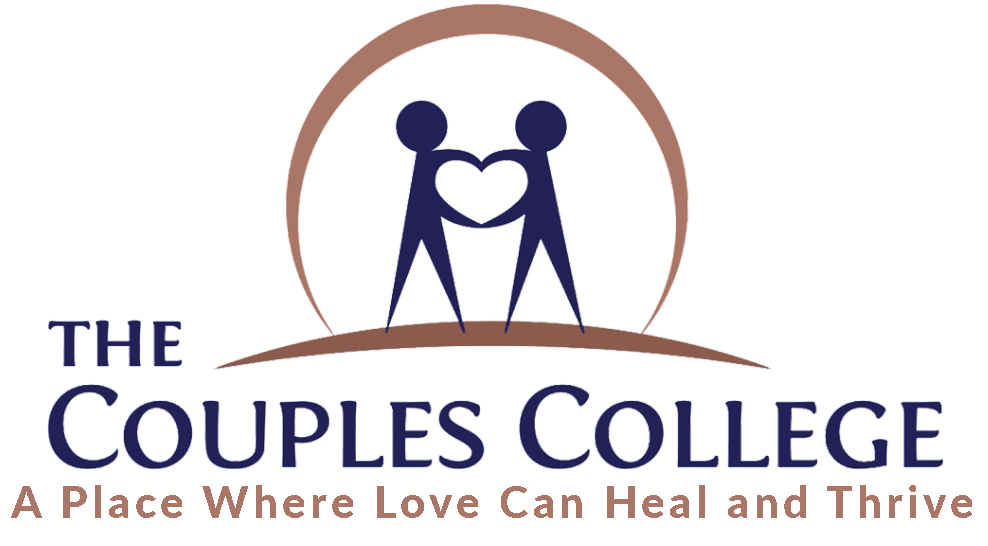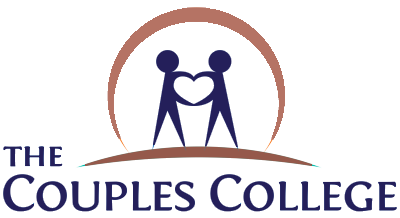
July Couples Perk – Nonviolent Communication: A Language That Invites Connection
Most therapeutic interventions helping couples communicate with each other share some essential elements; they all commonly focus on expressing what a person observes, feels, and needs, and then ends with a positive request. It sounds simple, and yet so many of us struggle with different parts of that recipe. We may not be so great with the first step, observation, as we are already caught up in a story about what happened. We may struggle with the second part of the recipe—expressing our feelings—as we may have been brought up in families that did not value emotion. We may not know what we feel or may have a limited vocabulary for feelings. We may also focus so much on what other people might need that we don't notice what we need and find ourselves exhausted or complaining. Others of us have a hard time with being assertive, so we may say what we feel and need but forget to make a positive request so that our partners have a chance to meet our needs. We may believe that if we have to ask for what we need, our partner lacks attunement or doesn’t care. We may also demand rather than ask for what we need. Or we may be so attached to our request being met that we struggle with disappointment when our partner says no. Learning the basics of nonviolent communication (NVC) can support you to speak compassionately and effectively with those you love.
Here is how Marshal Rosenberg’s NVC can help with all four steps of the recipe for intimate conversations.
Make an observation, not an evaluation. Marshal Rosenberg tells us, “When we combine observation with evaluation, we decrease the likelihood that others will hear our intended message. Instead, they are apt to hear criticism and thus resist what we are saying.” Evaluations are what we tell ourselves about what happened and lead to the Gottmans’ four horsemen—criticism, contempt, defensiveness, and stonewalling. Observations are the description of events without our judgment of those events. For example, “The dishes in the sink are dirty.”; “I hear you saying you don’t have time to pick up the children.”; “My heart is starting to race.”
Say how you are feeling. NVC makes a distinction between faux feelings and feelings. Phony feelings include an interpretation that is laden with blame. If you say, “I feel attacked,” the other person will likely feel blamed. It would be more connecting to communicate, “I am feeling defensive, I am afraid.” If you are struggling with knowing how you feel, please check out this feeling pdf- https://www.cnvc.org/sites/default/files/2018-10/CNVC-feelings-inventory.pdf
Name what you need. If you are not sure what you need, please check out this pdf of universal needs- https://www.cnvc.org/sites/default/files/2018-10/CNVC-needs-inventory.pdf
Make a request, not a demand. Once you know what you are feeling and needing, consider what your partner might be willing to do so that your needs or longings can be met. Another type of request is to ask your partner what they heard you communicate. Hopefully, their reflection will satisfy your need for understanding. Requests in NVC have these three characteristics:
- They’re stated in terms of explicit, positive, concrete action, and they avoid asking someone to refrain from doing something.
- They’re specific enough to be doable in the present.
- They aren’t demanding: the other person can say “no” without fear of retribution.
Here is a simple example of a soft start-up, the antidote to criticism using NVC: “I see that both the washer and dryer are full, and I feel frustrated. I want some support in having some clean clothes for my trip. Would you be willing to move things over in the next 5 minutes?”
You can learn about NVC in this brief video
Or check out Marshal Rosenberg’s book Nonviolent Communication, a Language of Life. If you get inspired, go to Bay Area for Nonviolent Communication, https://baynvc.org/basics-of-nonviolent-communication/ for free worksheets- https://baynvc.org/free-worksheets/
Lyn Stubbs, LMSW, has been a student of NVC since 2004, including a year of immersing in NVC by participating in a yearlong Bay NVC Leadership training in 2005.



